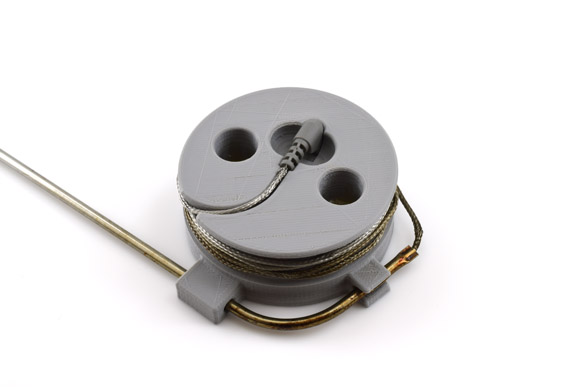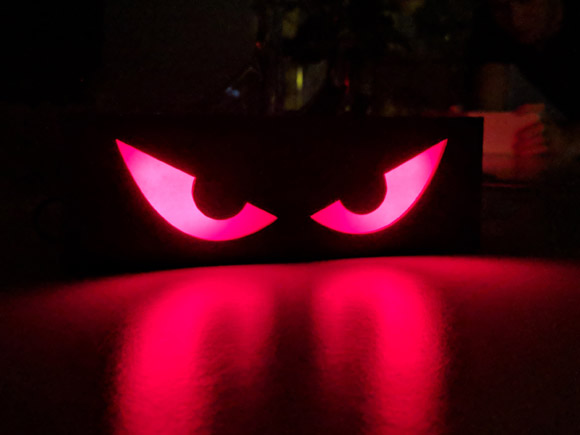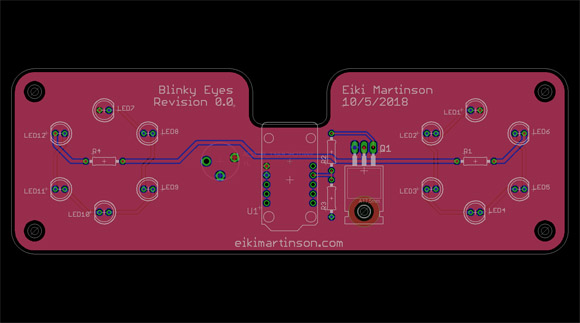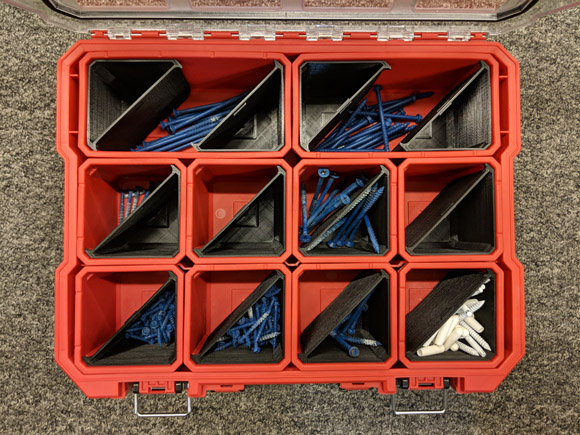Rubber Stamps From the 3D Printer
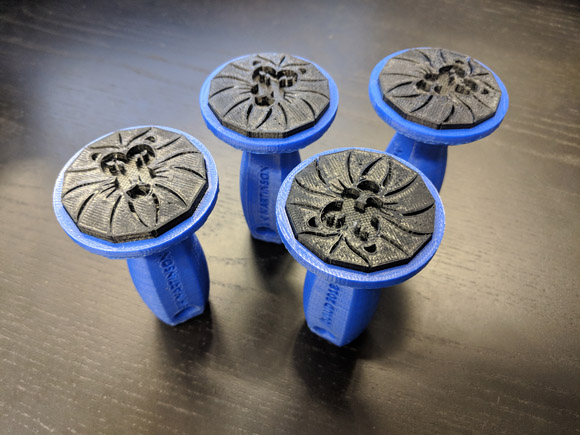
In recent Christmases I've enjoyed making some gifts, decorations, and gift-wrapping components myself, often employing some of my desktop fabrication machines: the laser cutter, 3D printer, etc. To satisfy 2018's “Esto Blue and Lion Gold” theme I used that 3D printer to make some custom stamps featuring a lion face, suitable for use with blue or gold stamp pads.
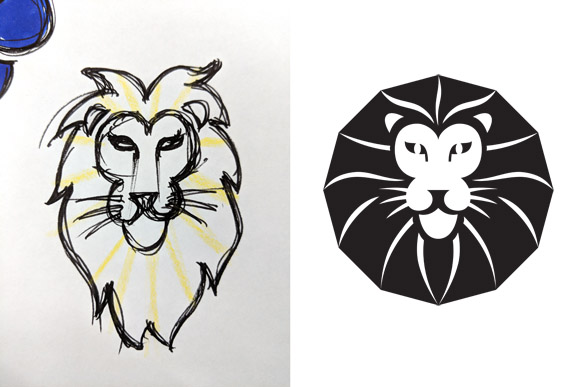
The final design ended up very different!
After sketching a lion with a magnificent mane to serve as some kind of guide, I designed the final artwork in Adobe Illustrator, then imported that 2D vector drawing into CAD to extrude it into a 3D block. I've been trying to do my more hobby-oriented CAD work in Onshape so that it's easily accessible and modifiable by readers without a lot of resources. Generally I've been very pleased by how complete this product is, but vector import in Onshape is still a pain, so I did this one in SolidWorks instead.
